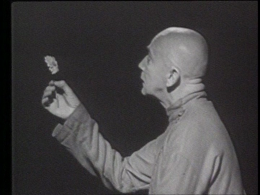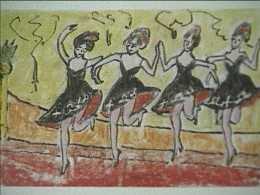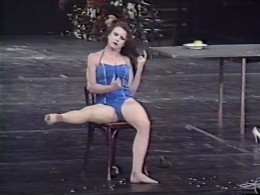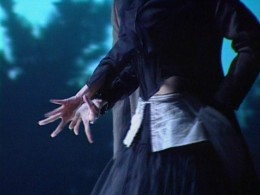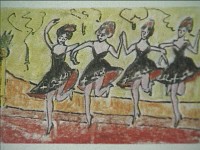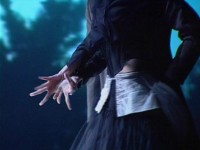The development of dance in Germany has always been critically followed by both the regional and the national press. Critics such as Eva-Elisabeth Fischer (Süddeutsche Zeitung), Horst Kögler (Stuttgarter Zeitung), Rolf Michaelis (Die Zeit), Hartmut Regitz (Stuttgarter Nachrichten, among others), Jochen Schmidt (Frankfurter Allgemeine Zeitung) and Norbert Servos (Ballett International, among others) have been particularly important.
Just the international success of the Dance Theatre stimulated dance journalism in Germany in the 1980s and ensured numerous new publications also on the book market, many of which were published by Florian Noetzel Verlag in Wilhelmshaven. Recently, the Klaus Kieser Verlag in Munich has made a name for itself with its carefully edited dance books. For a while, the Second German Television (ZDF) accompanied the development of dance in its series “Das Internationale Tanztheater”. In the meantime, the “Tele-Tanzjournal” informs about the development. The dance film series of the European culture channel Arte, with which numerous German television stations cooperate, gained special significance.
stimulated dance journalism in Germany in the 1980s and ensured numerous new publications also on the book market, many of which were published by Florian Noetzel Verlag in Wilhelmshaven. Recently, the Klaus Kieser Verlag in Munich has made a name for itself with its carefully edited dance books. For a while, the Second German Television (ZDF) accompanied the development of dance in its series “Das Internationale Tanztheater”. In the meantime, the “Tele-Tanzjournal” informs about the development. The dance film series of the European culture channel Arte, with which numerous German television stations cooperate, gained special significance.
The important dance magazines include “Tanz Journal” from Munich under the editorial direction of Katja Schneider, a fusion of “Tanzdrama” and “Ballett-Journal”, and “Ballettanz” from Berlin under the editorial direction of Hartmut Regitz and Arnd Wesemann, a fusion of “Ballett International” and “Tanz aktuell”. However, due to economic problems, a large number of daily newspapers have considerably reduced their dance coverage in recent years.
.
(Norbert Servos)
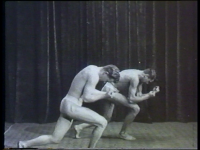
![]() emerged.
emerged.
